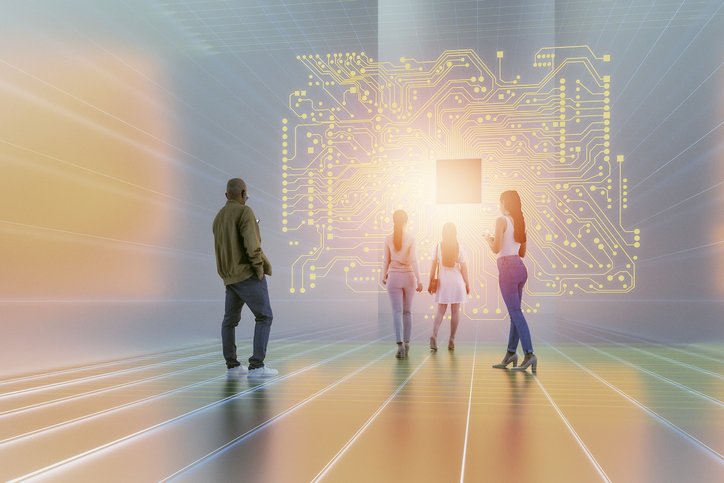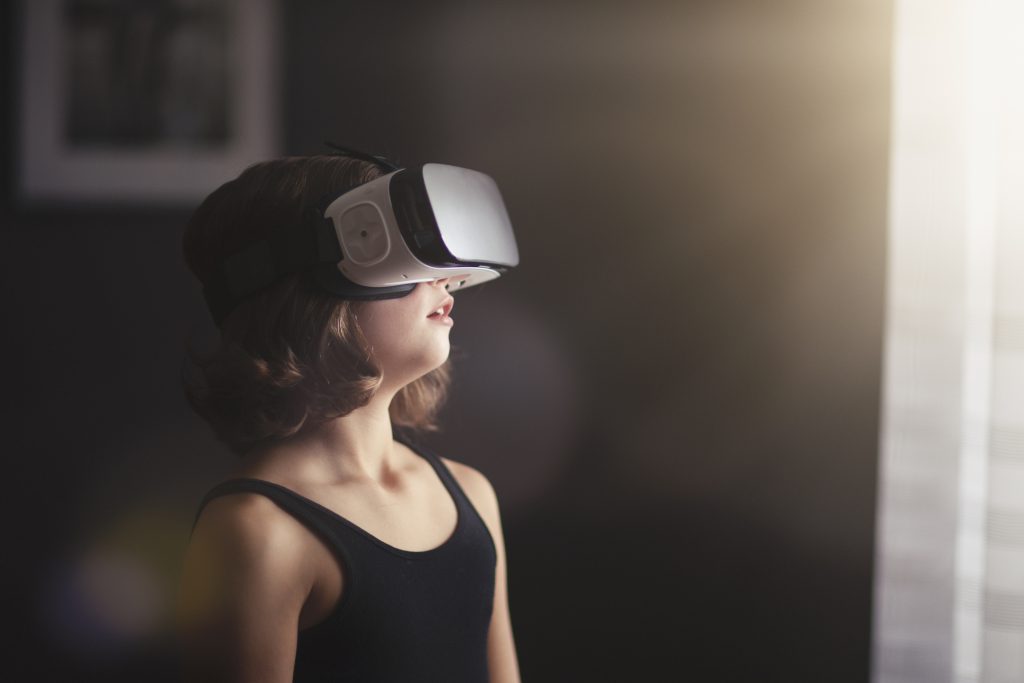If you had a hammer, would you:
(a) Hammer in the morning, hammer in the evening, all over this land
(b) Expect the hammer to build you a house
If you chose (a), you’re probably a fan of folk songs, a DIYer, or both. If you chose (b), you’re one of many with skyrocketing expectations for the tools you use, and you’re not alone.

Rising expectations in user experience
While we all poke fun at the rapid explosions of technology and social media tools with funny names — and the inability of some people to keep up (“That’s not how any of this works!”) — technology truly does evolve at an astonishing pace. From the first computers, occupying hundreds of square feet and weighing literal tons, to today’s handheld devices and miniscule one-chip wonders, size is only one aspect of the digital double-down. Advancements in processing power and memory, not to mention a little thing called the internet, make it possible for technology to do seemingly anything at any time.
Vast overgeneralization? Maybe. But consider all the “smart” that has entered our lives. Does your smartphone know what you need before you ask? Do you talk to your phone more than you talk on it? Do you tell your house what to do? One study indicated a significant rise in the use of smart speakers over the past year alone, with about 94 million Americans owning at least one in 2021, up from 76 million in 2020. How do these kinds of interactions impact humans?
The impact on adults may not be as significant as the impact on children, but our interactions with technology shape everyone’s future expectations. Studies in this rapidly developing research area show that frequent interactions with smart speakers, for example, may change the way children interact socially. Some suggest that ordering around a virtual assistant may have an impact on the way kids develop (or don’t develop) polite manners.
If you grew up with an animated paperclip that was apparently sent to help you — but didn’t (sorry, Clippy!), you might have pretty low expectations for a virtual assistant. However, if you grew up with Siri or Alexa or even “OK Google”, your expectations might be pretty high to start with.
Rising expectations in customer experience
From home life to work life, our experience as customers has been significantly shaped by technology, and our expectations are higher than ever. Combined with pandemic-mandated restrictions, technology tools have driven personal convenience and rapid delivery to an astonishing level. For example, those using the Uber app a few years ago might never have expected its current options, but these features evolved to meet demand. At the moment, beyond just delivering you from point A to point B, the app can help you get food delivered, find a vaccine, send a package, get groceries… Plus, if you do actually want to go somewhere, you can choose the type of ride and whether you’d like to share, you can learn info about your driver in advance, and you can share your location tracking — prioritizing your security and economic/style preferences. All good, right?
It’s not just apps, either. Didn’t Amazon used to sell books? Now the most significant commodity they offer is convenience. Extensive website options, wide supplier networks, shareable wish lists, subscriptions for recurring delivery, delivery to local lockers and returns at local businesses — plus seemingly instant delivery and stop-by-stop tracking as your package inches closer to your door… What makes it all possible? Technology — and customers’ insatiable desire for convenience. Customers get what they want — or they go elsewhere.
Clippy is long gone. Consumers expect their tech tools to not only help them do their work better, but, as much as possible, to do the work for them. Nobody expects a hammer to build a house or a pen to write a book, but the proliferation of “But can’t it just do the thing so I don’t have to?” questions is likely at an all-time-high. I won’t give any specific examples from recent conversations, but it’s safe to say that the world of SaaS is rich with tech expectations.

Rising expectations in employee experience
Those in Human Resources recognize these trending expectations in employee experience, too. Not only do employees want to track all of their various benefits, payroll, and time off details online, but they’d like to be able to do it all in one place. They want the best hardware and software, not to mention the best connectivity (and for employers to pay for this connection if they’re working from home!). If there are any tech problems, they want them to be solved immediately, preferably through some sort of magical remote access and with minimal disruption.
Employees also expect to be able to utilize resources that are completely online and well organized. Whose job is it to train employees on tech tools? To maintain the information architecture of an organization? Is it HR or IT or individual teams? Answers vary across companies, of course, but expectations are uniformly high: If I can’t find the stuff I need, how can I be expected to do anything? Everything should be right there, right when I need it. Right?
With employee churn on the rise, organizations are doing all they can do meet employee expectations, but it can be hard to keep up on all fronts all the time.
The future
From the technology perspective, there’s no chance of a slowdown. Here, client feedback and industry research push us forward to build new features and expand our current functionalities, and we’re not about to stop. Every tech company that wants to be successful must continue to be responsive to the demands of its target markets, even as those demands push the limits of possibility.
From the human perspective, it never hurts to take a step back and examine expectations. Are you looking forward to a point at which all your tech gets the job done for you? If so, what will you be doing? Also, how has your experience with technology shaped the way you interact with other humans? It’s exciting to see how far we’ve come, but a mirror can be a smart tool, too.














